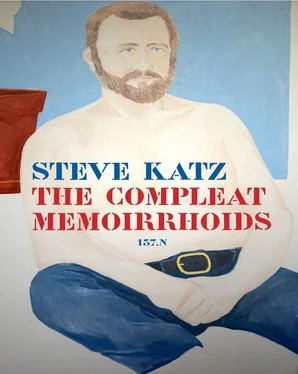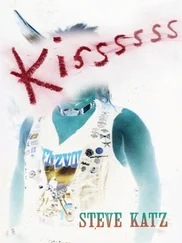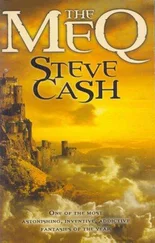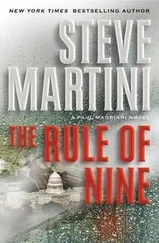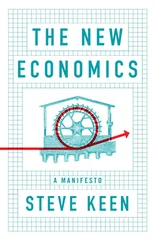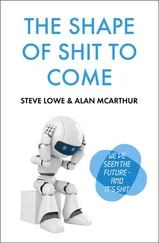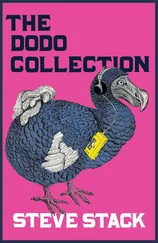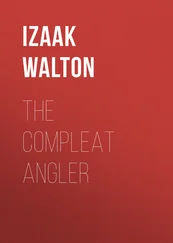We head back to our camp against the tidal current, and the 12 1/2 horsepower outboard frets the load, can’t keep the bow headed into the waves. We barely move against the current, and ship a lot of water. As fast as we can bail the water rises faster. A flash passes between us. This could be the end. We could be some drowning statistics, an article on page six of the Halifax Chronicle-Herald . Father and Son Drown Off Inverness. Two Americans in a small boat….” Suddenly I recognize the reason we are shipping water is that each time we head into a wave a lot of ocean comes down Nik’s plank. “We have to get rid of these boards,” I say. “No” says Nikolai, who has visualized where each of the boards will fit onto his tower. “We could drown,” I say. Nik gives in and starts to toss all the boards into the waves. The little Evinrude roars with relief, and heaves us home, the boat draining water through its bilge hole. When we get a couple of breakers away from our beach we cut the motor and let the waves drive us onto the sand. One look back at the whips of froth and we know we are lucky to have made it.
We don’t lose anything. All the abandoned boards, including Nik’s prize plank, wash up near our camp. Nik finishes his eighteen-foot tower in a couple of summers, and looks down on all the rest of us. By the time it’s complete he has grown enough so he has to build an extension of the sleeping chamber at the top to accommodate feet and ankles and keep them dry. It’s no surprise that Nik makes his living now as an architect. As for my studio, since I have to defer to Nik on the quality lumber, I build out of shortest scraps of board. I pound twelve poles into the ground, and make an eleven sided studio, with window openings, no glass, but fitted with lobster box covers, that lift and close with a sexy pulley system tied by rope we unknot from clumps we find on the beach. I make a Dutch door; build in a desk, a bumpy platform for the required writer’s naps, and an unstable driftwood stool on which I balance as I write. It looks like St. Francis’s hut in the wilderness. I’m sure it is the only eleven-sided driftwood writing studio on the island of Cape Breton.
The woman holds an orange. She takes it from a pocket in her shoulder bag, and lifts it in front of herself, ready to peel. When she looks up she sees that the people of the island have formed a semi-circle to surround her, and are closing in. Her face is crossed by disbelief and fear. What do they want? They want the orange.
The small boat left us all on one of the smallest of the more than forty floating islands where the Uros people live on Lake Titicaca. This was a “tourist site” imprinted on my mind’s itinerary when I planned on going to Peru — Lake Titicaca, reed boats, floating islands. Like a good tourist I was debating, on the way to the island, whether or not to buy one of the gorgeous ceremonial masks on sale at a souvenir store near the wharf. They were big, fearsome white faces with green eyes, black teeth, red lips, all delicately painted, the whole mask surrounded by a ring of colorful small masks attached with wire, like a mandala of demons. It looked almost Tibetan. I never bought one. I figured that traveling rough as I was doing with my son, I’d never get it back intact.
We took the cheapest possible tour, without a tour guide. The shallow draft boat skimmed the shoals at the Puno end of the lake, shallow and full of reeds that could bung up the propellor. These were totora reeds that the Uros bound together to build their islands and their boats. The boatman dropped us off and promised to come back in a couple of hours. He left us to be greeted by the island population. The Uros are advertised as poor people who would try to sell you small models of their reed boats or their reed huts. The only structure on this island is a tiny frame Seventh Day Adventist church. The people are not only poor, but many of them are sick, faces and bodies covered with lesions, bones bent from scurvy. At one time the Uros knew how to cultivate a variety of crops and had a varied diet. Somewhere along the line they lost the agricultural skills. Now they get little Vitamin C. That’s why they covet the woman’s orange. She probably doesn’t know that, or is too frightened to recognize it. All she has to do is toss them the orange and they will leave her alone. They close in. She backs up.
It happens very fast. Before the other tourists can step in somehow, or tell her to give up the fruit, the people back her onto the unstable, loosely woven reeds where they make their latrine. She falls through, and now the native people look scared, as they form a chain and pull her out covered in their muck.
One story goes that the Uros were banished by the Inca to live on the lake because they were dirty, ugly, and stupid. The original Uros were supposed to be other than human. It is told that they had black blood. They developed a rich agriculture, an ingenious ability to survive under difficult conditions. Some of them moved to the mainland, and interbred with the red-blooded Aymala and Quechua peoples. There are no purebred Uros left. Although the Peruvian government has tried to move everyone off the islands from time to time, the culture of island dwellers persists. Now they are encouraged as a strong tourist attraction. I don’t know what the Adventists do for them, but making sure they have vitamin C would help. We are with them for more than two hours before the boat comes to take us back to Puno. These are the longest hours of tourism I have ever spent. Perhaps the scene is better on the more upscale tourist junkets, on the bigger islands. This somewhat dampened in me the desire to be a tourist in the third world, where no matter how poor you travel you are always the one who holds the orange.
Either spend some of the $1400 we saved to get me to Italy, or buy the pair of Morandi still-lifes I have fallen for in a gallery on 57th Street. Giorgio Morandi is a seemingly timid though uncompromising artist who spent much of his life in Bologna living with his mother. He occasionally makes landscapes, but mostly there are these undulant myopic still lifes of bottles, cups, plates, that waver as if seen through wavy old or rain-drenched glass. These are small canvases with a gorgeous, quiet palette — luminous grays, ochre, pinks, pale blues. The way he sees turns tabletop solidity into an ephemeral dissolve. Stuff is caught passing out of existence. I appreciate that my understanding of materiality changes as I look at these gentle works. His vision is a great antidote to the more brash statements of modernity from Picasso, Matisse, Braque, Leger, Gorky, Mondrian, et. al. I can take the pair away for $1100.
I have hitched from Winnemucca, Nevada, intent on continuing to Italy, on a mission to see the Tribute Money by Masaccio in the Brancacci Chapel at the Chiesa del Carmine in Florence. The Italian names mean almost nothing to me yet, but I studied a reproduction of the fresco in a book of Italian Renaissance painting, and have taken an obsession with the potent figures, the dramatic space of it. Jingle drove me to the edge of Winnemucca and let me out on the road. She came by at noon to find my thumb still in the wind. Two-year-old Avrum leaned towards me in the jump seat, looking worried. He was losing his dad. I felt terrible. She slipped me a chicken salad sandwich, and said she would check back at six. If I didn’t catch a ride by six, I decided, I would give up on Massaccio, maybe use the money we had saved to move us down to Mexico for a stint. I wonder in what direction that might have turned our lives. At around 5:30 a plump guy in an obese Chrysler pulled up to offer me a ride to Salt Lake. I was almost disappointed. After all, Mexico is a great alternative. He dropped me off in Salt Lake. I found some bushes and spent the night. I was on my way.
Читать дальше
